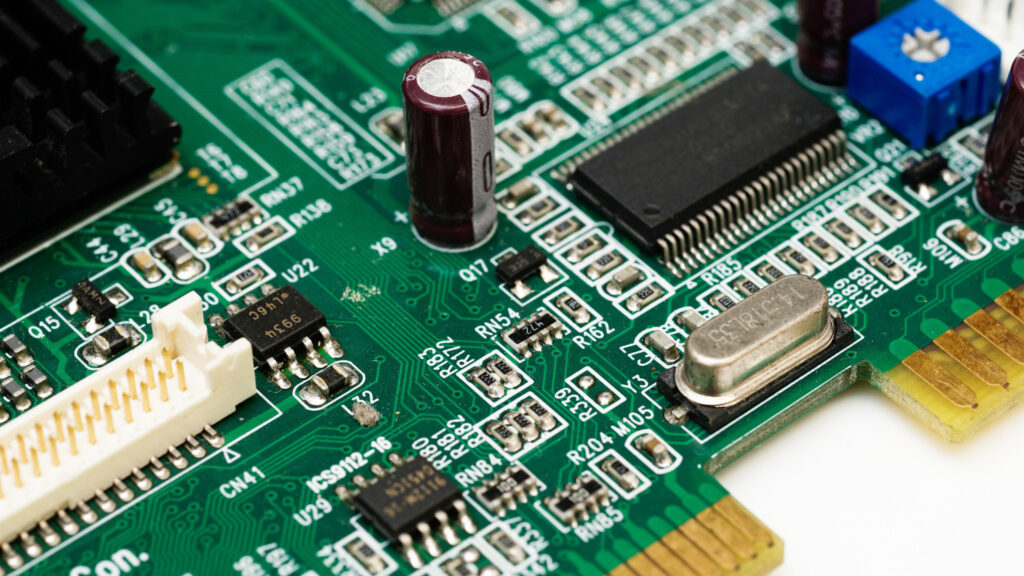When designing and manufacturing electronic products, choosing the right type of components is a critical decision that can significantly impact the product’s performance, reliability, and manufacturing efficiency. Two primary technologies dominate the landscape: Through-Hole Technology (THT) and Surface Mount Device (SMD). Each has its unique advantages and disadvantages, making them suitable for different applications. This article explores the differences between THT and SMD, helping you determine which technology is better for your product.
Understanding Through-Hole Technology (THT)
What Is THT?
Through-Hole Technology involves mounting electronic components by inserting their leads through pre-drilled holes in a printed circuit board (PCB) and soldering them to pads on the opposite side. This method has been a cornerstone of electronic manufacturing for many years.
Advantages of THT
- Strong Mechanical Bond: THT components are secured through the board, providing a robust mechanical connection. This makes them ideal for applications subject to mechanical stress or high vibrations, such as automotive or industrial equipment.
- Ease of Manual Assembly: THT components are larger and easier to handle, making them suitable for manual assembly and prototyping. This ease of use is beneficial for small-scale production runs and DIY projects.
- Reliable Connections: The through-hole solder joints tend to be more reliable in harsh environments where thermal cycling and mechanical strain are common.

Disadvantages of THT
- Board Space: THT components typically occupy more space on a PCB, leading to larger board designs. This can be a disadvantage in applications where space is at a premium.
- Complexity in Multi-Layer Boards: Drilling holes through multiple layers can complicate the PCB design and increase manufacturing costs.
- Slower Assembly: THT assembly is generally slower and more labor-intensive compared to automated SMD processes, impacting production efficiency for high-volume manufacturing.
Understanding Surface Mount Device (SMD)
What Is SMD?
Surface Mount Device technology involves mounting components directly onto the surface of the PCB. SMD components have small metal leads or pads that are soldered to the PCB’s surface, allowing for more compact and efficient designs.
Advantages of SMD
- Compact Design: SMD components are smaller and allow for higher component density. This enables more compact and lightweight product designs, essential for modern electronics like smartphones and wearables.
- Automated Assembly: SMD technology supports automated pick-and-place machines, increasing assembly speed and consistency. This automation is ideal for high-volume production and reduces manufacturing costs.
- Enhanced Performance: The shorter leads of SMD components reduce parasitic inductance and resistance, improving performance in high-frequency applications and reducing signal interference.
Disadvantages of SMD
- Mechanical Strength: SMD components have a weaker mechanical bond compared to THT, making them less suitable for high-stress applications.
- Manual Handling Challenges: The small size of SMD components can make manual soldering and rework challenging, requiring specialized tools and skills.
- Heat Sensitivity: SMD components can be more sensitive to heat during the soldering process, necessitating precise temperature control to avoid damage.
Deciding Between THT and SMD
When to Choose THT
- High-Stress Environments: For applications exposed to mechanical stress or high vibration, such as automotive or aerospace, THT provides a more secure mechanical bond.
- Prototyping and DIY Projects: THT is easier to handle and solder manually, making it ideal for prototyping, DIY projects, and low-volume production.
- High-Reliability Requirements: In situations where connection reliability is paramount, such as in industrial controls or military equipment, THT offers superior durability.
When to Choose SMD
- High-Volume Production: The automated assembly process of SMD components is perfect for mass production, reducing costs and increasing efficiency.
- Compact and Lightweight Designs: For applications where size and weight are critical factors, such as mobile devices and wearables, SMD is the preferred choice.
- High-Frequency Circuits: For RF and high-frequency applications, SMD components offer better performance due to their lower parasitic inductance and resistance.

Hybrid Approach
In many cases, a hybrid approach that combines both THT and SMD components can offer the best of both worlds. For instance, SMD can be used for most components to save space and reduce assembly time, while THT can be reserved for connectors, large capacitors, or components that require stronger mechanical support.
Choosing between THT and SMD depends on your specific project requirements, including factors such as mechanical strength, board space, production volume, and performance needs. THT is best suited for applications that require strong mechanical bonds and manual assembly, while SMD is ideal for compact designs and automated high-volume production. By understanding the strengths and weaknesses of each technology, you can make an informed decision that optimizes your product’s design and manufacturing process. Whether you opt for THT, SMD, or a combination of both, selecting the right components is key to achieving a successful and reliable end product.

